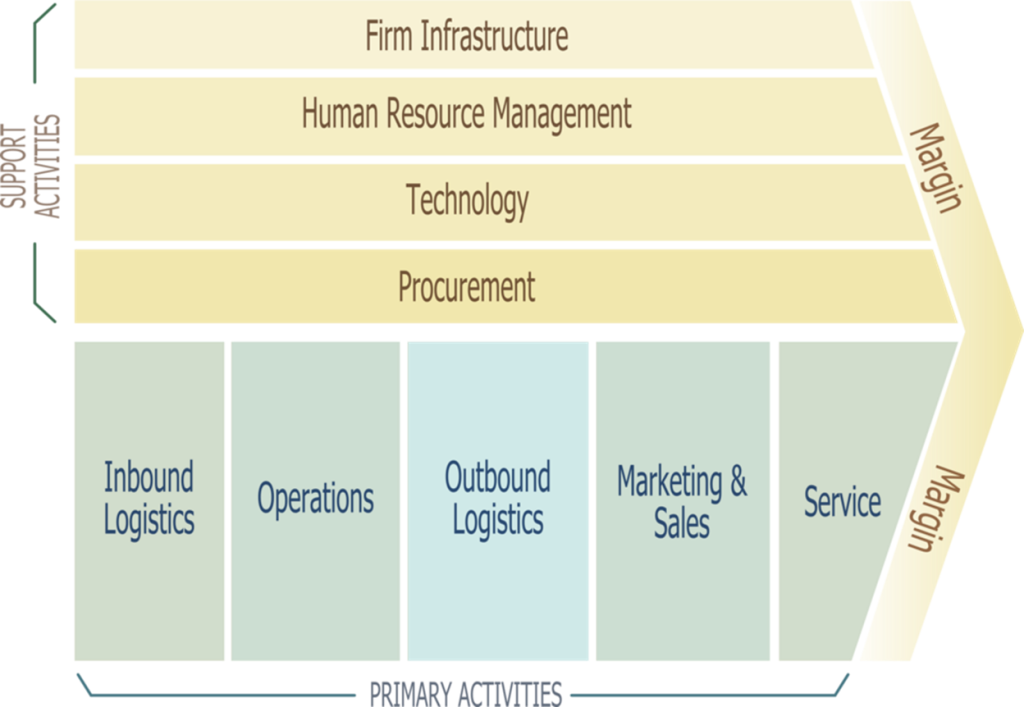Moving from Risk to Value
When talking about the value of privacy, too many privacy pros still fall back on vague claims like “we reduce risk” or “we help avoid fines.” While technically true, that kind of framing locks privacy into the cost-avoidance corner. If you want your work to be seen as a source of business value and not just a compliance checkbox, you need a better plan.
In the 1980s, Harvard professor Michael Porter introduced the concept of the value chain: a way to break a business into its core activities–like operations, marketing, procurement, and service– and analyze how each part contributes to the company’s ability to create value. This framework has become a staple of strategic planning.

“Porter Value Chain.” Wikimedia Image by Dinesh Pratap Singh, licensed under CC BY-SA 3.0. No changes were made.
It turns out you can use the same approach to show how privacy adds value.
Here’s how. Start by sketching a basic version of your organization’s value chain. Use Porter’s classic categories or adapt them to your context. Then overlay the data privacy lifecycle (collection, processing, storage, sharing, retention, and deletion) on each part of the chain. Now ask yourself some basic questions. How does privacy show up here? Where could it improve trust, reduce friction, speed up operations, or unlock access to data?
For example:
- In Procurement, privacy vetting of vendors can reduce onboarding time and avoid future remediation costs.
- In Marketing, improved consent and preference management can drive engagement and reduce opt-outs.
- In Customer Support, clear data tagging and retention rules can reduce breach risk and improve responsiveness.
What you’ll end up with is a map that links privacy practices to real business levers like speed to market, operational efficiency, customer loyalty, and brand differentiation.
This is more than a theoretical exercise. Use the map in your next presentation to show how privacy doesn’t just defend value—it creates it. Or better yet, run a short workshop with business stakeholders to co-create your privacy value chain. You’ll build shared ownership and surface ideas your team alone may miss.
We’ve helped clients use this exact approach to reframe privacy as a strategic enabler. If you’re ready to do the same, let’s talk.
